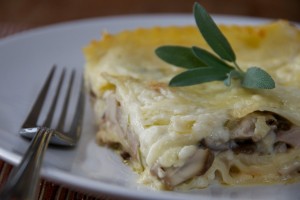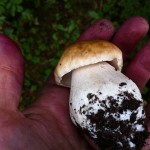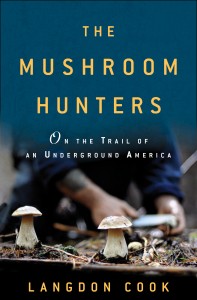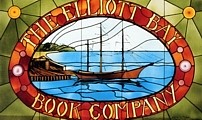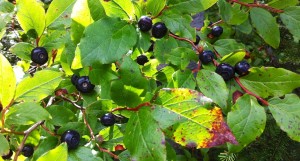
Ask commercial mushroom pickers in the greater Pacific Northwest how the season’s going and they’ll probably shrug. The central Oregon matsutake pick is weak, chanterelles on the coast—though abundant—are at rock-bottom prices, and Cascade lobsters are turning fishy fast.
Now ask a recreational picker and you’re likely to hear that this is the best fall in recent memory. How can these two viewpoints coexist?

It’s just a function of the different perspectives. Commercial pickers are trying to earn a living while recreational pickers are stocking their larders. The fact is, it has been a boon season for rec hunters—and not just for edibles. All kinds of unusual species are fruiting this year, for reasons that are not readily apparent. It’s a reflection on how little we know about fungi.

Initially many of us figured this fall would be another bust, similar to previous falls of the last couple years. Oregon’s morel patches dried up fast, and an unusually parched July and early August suggested a dearth of fall fungi. Then we got hit with some heavy August downpours, and September has been noticeably cool and wet. Mushrooms that are especially sensitive to rainfall—hello kings!—have exploded. The chanterelles are always there, rain or shine, and earlier than most rec pickers think. But mountain kings, those persnickety royals, are harder to pin down, and this year they’ve popped in a big way. I’ve been picking them since mid-August, first on my huckleberry outings and now whenever and wherever I happen to be outside, it seems. They’re showing in places where I’ve never seen them before, among tree species that I wouldn’t expect.

The other day I stumbled on a riparian patch below 3,000 feet in a grove of Douglas-fir, western hemlock, and red-cedar—not exactly fall king habitat. Enormous #2 boletes with perfect white sponges and caps the size of cantaloupes ringed a guerrilla campsite like fenceposts, all of them miraculously worm-free. Hunters are also finding blue chanterelles (pictured above right) coming out of the woodwork. This is a rarely encountered species that is generally local to a few very specific areas, yet I’m hearing from hikers who are finding them right on the trail in some odd places.
If you’re a fan of Suillus, well have at it. Matsies are now carpeting the slopes. And Hericium is general. One species I haven’t seen much of—yet—is Sparassis, the cauliflower mushroom. Give it time.

This is a good year for recreational mushroom hunters to learn new patches. Many of these patches won’t produce on an annual basis, but if you remember them you can always check. The more patches, the better, especially if those patches are in diverse habitats.
This is also a good year to put up quantities of mushrooms. I’ve been drying and freezing porcini, not to mention lobster duxelles and chanterelles. Pizza bianca with sliced porcini buttons, sun-dried tomatoes, feta, and basil was a winner, as was the porcini-wine reduction sauce that gussied up my New York strip the other night. It’s fat times for mushroom hunters.
Full buckets, everyone!

Like this:
Like Loading...



